The Quad City International Airport echoes with overhead announcements and rolling suitcase wheels. People hurrying to security rarely stop to look around, but they might be surprised if they did. The brightly-lit gallery space is filled with artwork by locals Lori Miller, Paul Scott Page and Janis Wunderlich. Since Sept. 5, 2018, Miller’s delicate fabric pieces, Page’s large-scale photographs, and Wunderlich’s intricate sculptures have intersected in the space, creating an interesting mix for viewers.
The gallery space was one result of the airport’s 2001 remodel, after which Quad City Arts (Rock Island) became involved in finding the artists for shows, installing the works and handling publicity, according to Dawn Wohlford-Metallo, visual arts director at QC Arts. Wohlford-Metallo has been with the gallery for 17 years.
“Once a year, we have a call for entries, and all artists who live within 250 miles of the Quad Cities can apply,” Wohlford-Metallo said. “They send us their samples and proposals and an outside committee scores the artists. We usually pair together two or three of the highest scoring artists whose work is complementary to each other[‘s].” As to why Miller, Page and Wunderlich were chosen for this show, Wohlford-Metallo said, “These artists had work that was not only of high quality, but had a message. They showed that the artist was thinking ahead, that they had an idea of how the art they were making was part of a progression, which is the sign of a mature artist.”
Wohlford-Metallo said there was no one factor that decided whether an artist’s work would be shown at QC Arts or at the airport gallery. “We do tend to put art that is a little edgier here: at the airport, people who are seeing it are all ranges of people, whereas here they are people who come specifically to see art.”
Displaying “edgier” art at the airport has sometimes proved problematic for the show. According to Janis Wunderlich, eight of the ten pieces she originally created for the show were censored by airport administration. While two of the pieces were moved to QC Arts and one was allowed to remain (albeit displayed backwards), Wunderlich had to bring in older pieces to complete the exhibit.
“The airport was concerned they weren’t appropriate for the public,” said Wohlford-Metallo. “If we had realized, we would have had her show here at the gallery because we don’t want to censor the art, but we only get a few samples of the work in advance and didn’t know what was going to be in that mix.”
Wunderlich’s work depicts all aspects of personal relationships through complex and thought-provoking sculptures. “What I try to do with all my artwork is show the reality and the beauty, but also the struggle of relationships,” Wunderlich said in a phone interview. “I’ve been a mother for 25 years, and I want to show that those relationships are beautiful, but there’s also a lot of pain involved.”
Speaking about the censorship, Wunderlich said, “I understand that it’s a public airport and they need to think of the people passing through, but I was a little shocked that it was the birthing imagery that they decided to censor.” She attempted to get more information from airport administration and explain further about her message, but was unsuccessful. “The problem is that a lot of times people try to sexualize and fetishize the idea of birthing, while I am trying to honor and celebrate it.”
“I think it’s a real shame when any work is censored,” Page, who is married to Wunderlich, said in a phone interview. “Sometimes, I see work that’s not my cup of tea, but I respect it. And for someone in a position of authority to censor that voice is terrible.”
“Adolf Hitler might not have become Adolf Hitler if he wasn’t rejected from art school,” Page added. “And he censored and stole art he didn’t agree with, and set up the Degenerate Art Exhibition with it. Encouraging the censorship of art is a dangerous place to be.”
Wunderlich’s work takes much inspiration from the storytelling figurines of Native American and Mexican ceramics, as well as the Moche ceramics of Peru, which “celebrate and tell stories about the cycle of our lives.” She spoke about their tradition of sharing birth and nurturing stories, whose “powerful images,” she says, are “exhilarating” and make her “happy to be alive.”
A notable feature of Wunderlich’s sculptures are the antlers attached to the heads of certain figurines. Wunderlich said she was inspired by an exhibition of antlers in Jackson Hole, Wyoming, and spoke about the way antlers on an animal show its history. “With people, you can’t always see their experience and history—they don’t wear it on their face. Animals wear it with their antlers and their rack, and I was really intrigued by that symbolism.”
Unusual materials and symbolism are also featured in the work of Miller, whose bright and delicate pieces are composed of fabrics adhered together through heat-transfer, along with beads and other found objects. In an email interview, Miller explained, “I love using recycled fabrics of all types—torn clothing, fabric scraps that other fabric artists/quilters might toss, shirts that might have a bad stain or tear…other than my base fabrics (black or off whites), I rarely buy any new fabric as I have been gifted with so many fabrics over the years to use!”
Miller’s works range from the earthy, subtle tones of pieces like “Geo #1-Fault” and “Craggy Hill” to the vivid reds and oranges of “Traffic Flow.” They allude to aspects of both the natural and man-made world. “Sometimes, man takes nature for granted…and unfortunately, this can result in disregard and forgetting that we are caretakers of the earth,” Miller said. “Trash gets left behind…old parts of buildings or fences are left to decay—remnants of man’s impact. But nature endures and grows around—or rocks simply shift to make room for the metal left behind. It’s fascinating to see how this interplay creates new visual pictures.”
Self-taught apart from one fine arts class she was required to take in college, Miller said people were “fascinated” by her having “created this form of artwork” despite the lack of an art degree. “I think the biggest impact on not holding an art degree was in my initial confidence calling myself an ‘artist’” Miller said. “Those who appreciate art and creativity have been supportive of my career and have offered me insight into why art is important for the viewer and the artist. That has been so rewarding to hear the stories of why people enjoy my work…and what they see in my work has helped lead me into new and exciting directions throughout my career.”
Page’s large colour photographs are of scenes that might seem commonplace at a first glance: a lit up apartment building, a lot full of Acme taxis, uncurtained windows. This is exactly the point, according to Page. “I photograph places that anyone can see, but perhaps have never really given thought to whether it’s aesthetically pleasing or not.” Page said he makes up narratives in his head about the photographs he take, contrasting his process with that of Wunderlich. “My work is based on what exists out in the world, but hers is created from scratch, from a personal narrative that only she knows,” he said.
When asked how he expected the audience at the airport would respond to his work, Page replied, “My work’s intended for anyone. In a way, my primary audience is myself.” Nonetheless, he felt that the airport was an unusual and fun space to exhibit.
“Having the art in the airport is important because it shows people something they wouldn’t normally see,” Wohlford-Metallo said. “It’s a small percentage of people that actually goes to art galleries, so when you put art in a public space, they’re exposed to something they don’t normally see. It also shows the quality of artists that live in our region—that people don’t have to go to Chicago or the big cities to see good art.”
Miller expressed a similar opinion about the show’s location. “I think having a combination of styles in our show is compelling and should draw airport visitors/travelers to take a few moments to view the show.”
One such viewer was Dixie Thompson of Davenport, who had a few hours to wait before her flight on Wednesday. “I’m intrigued by the ceramics,” she said, having made her way around the exhibition. “They’re just so different. It’s something I’ve never seen before.”
However, Thompson said the pieces didn’t look like something she’d ever purchase for herself. “It looks like something you’d put in a factory, not like something you’d put in a house.”
Responding to Thompson’s comment, Wunderlich said, “My work doesn’t appeal to people who are looking for safe art. It’s more about provoking and causing thought. I discuss beauty and difficulty and I think about a lot of hard questions. But it’s very rare for people not to have some sort of strong opinion about my art.”
QC Arts is a non-profit organization. According to Wohlford-Metallo, their biggest fundraiser is the annual Festival of Trees in Davenport, along with grants and private donations. “Art @ The Airport” will run until Oct. 31.
Photo Above: Quad Cities International Airport in Moline, IL currently houses an art exhibit where this airport passenger is viewing the art. Photo by Ian Murrin.
Censorship, intersectionality and finding the unexpected at QC airport gallery
September 27, 2018
Quad Cities International Airport in Moline, IL currently houses an art exhibit where this airport passenger is viewing the art. Photo by Ian Murrin.
View Comments (1)
More to Discover
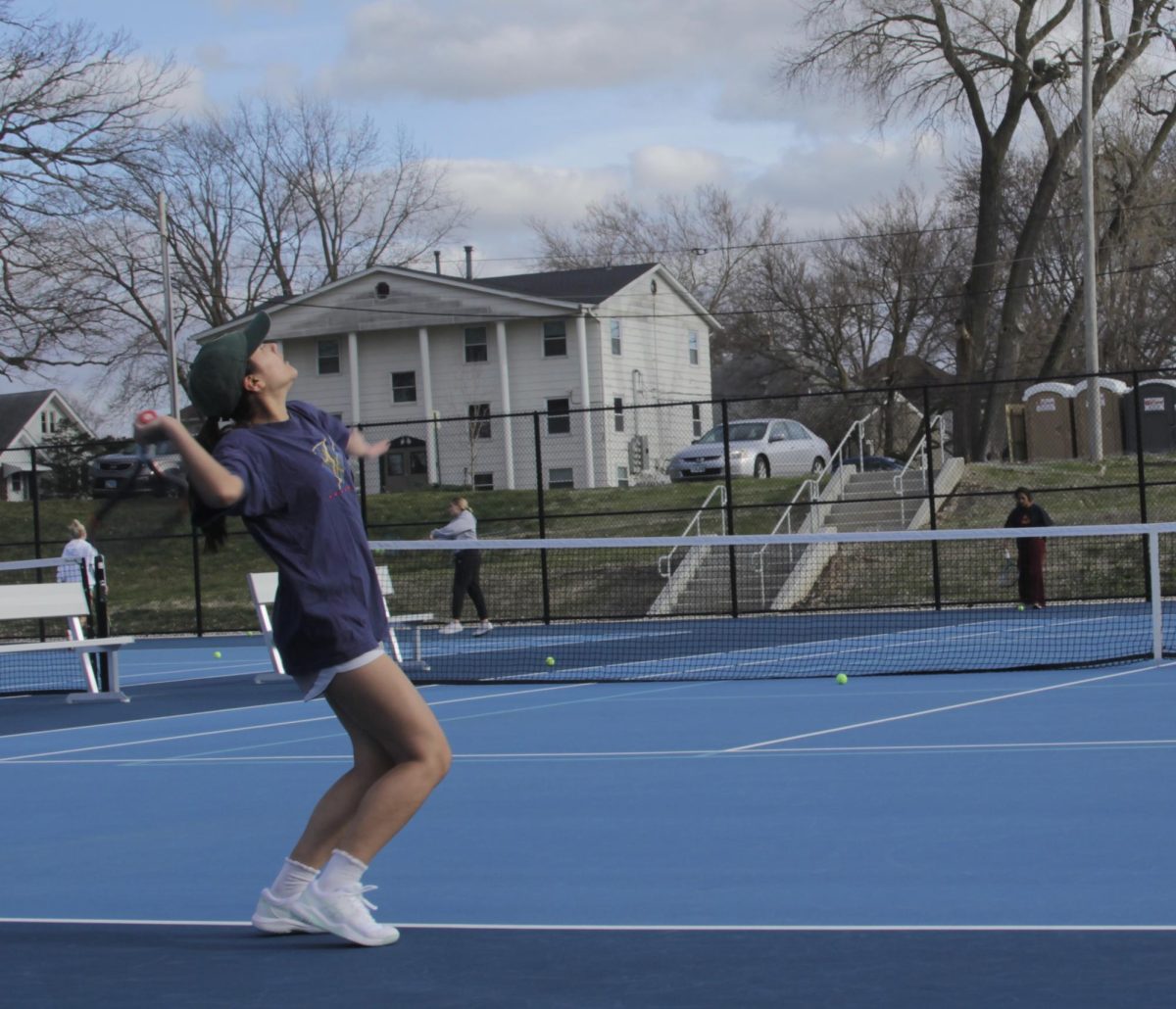

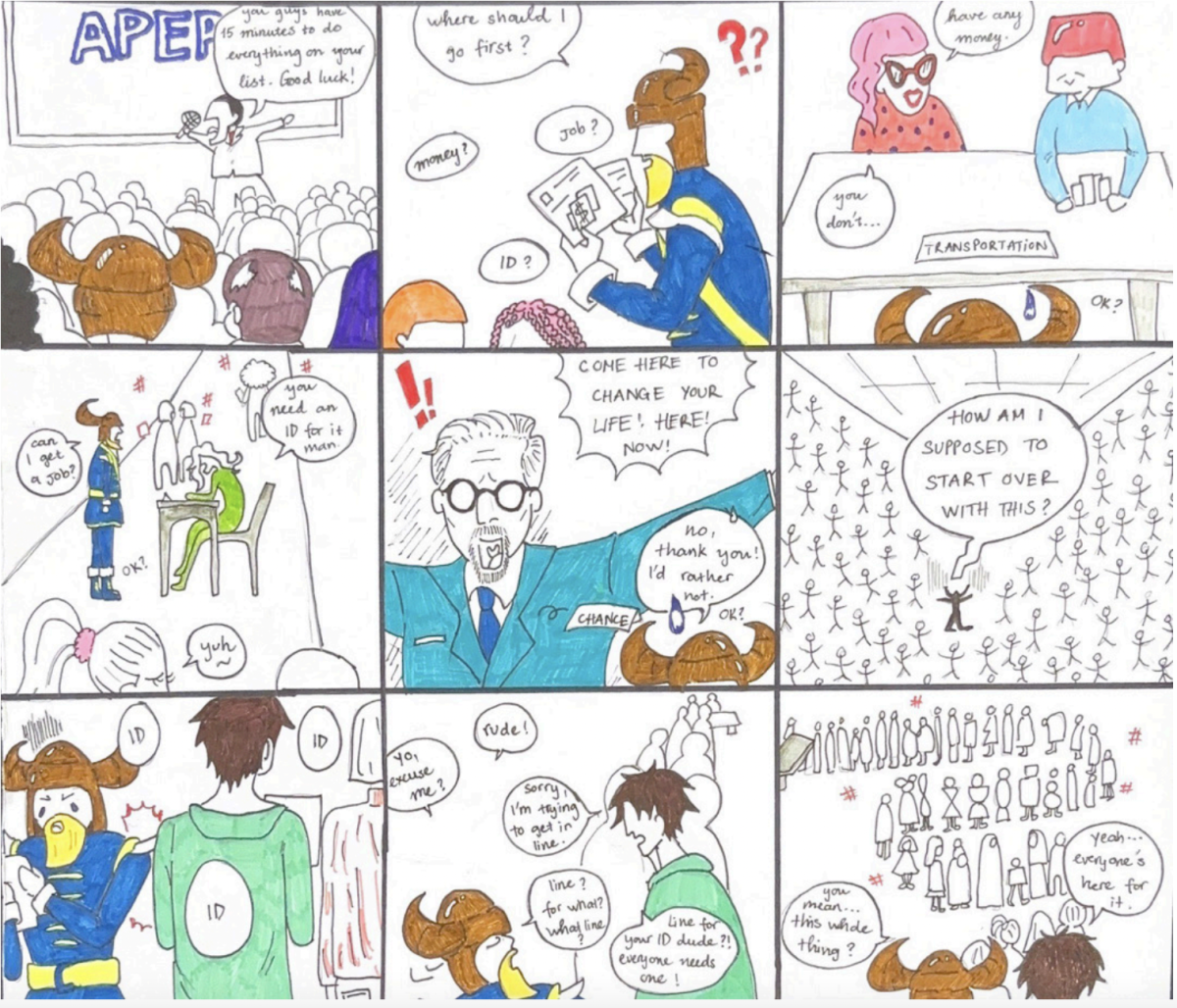
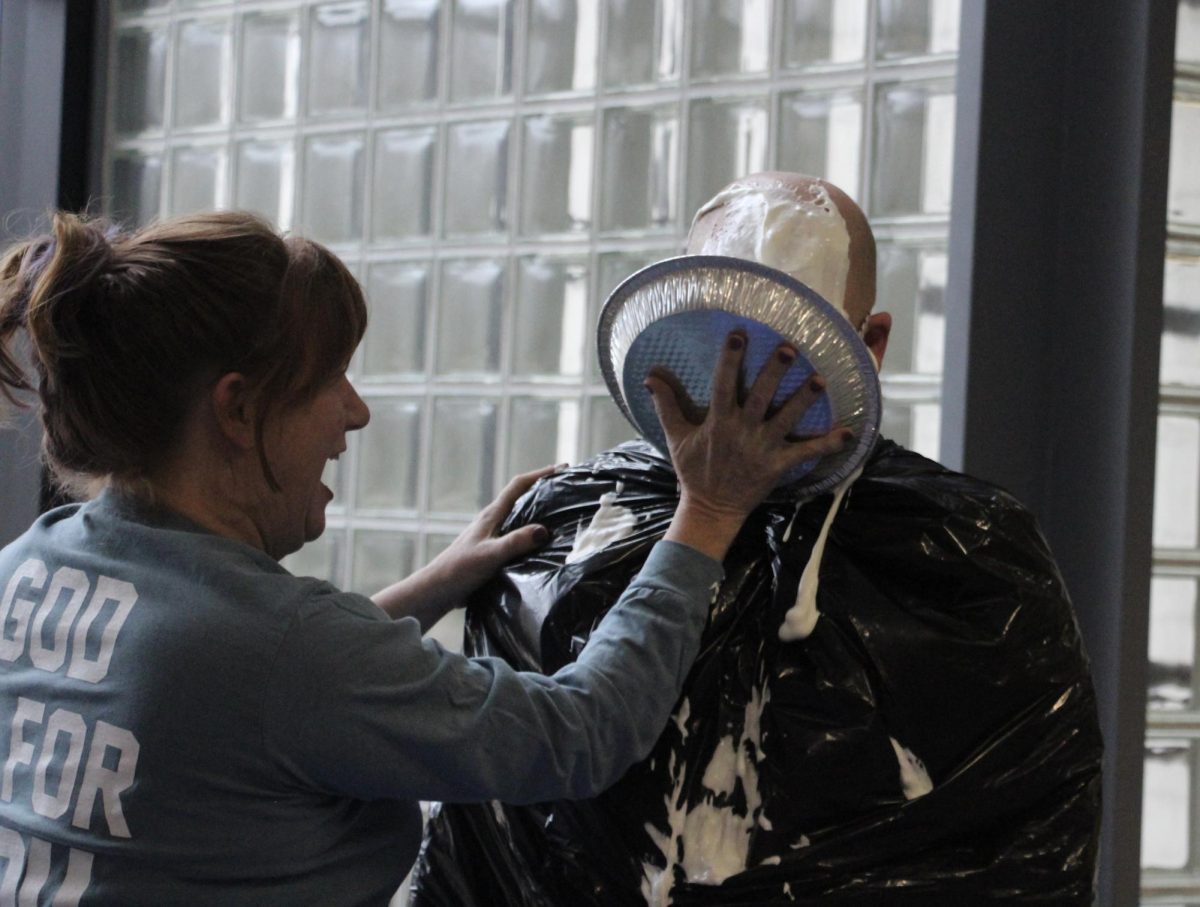
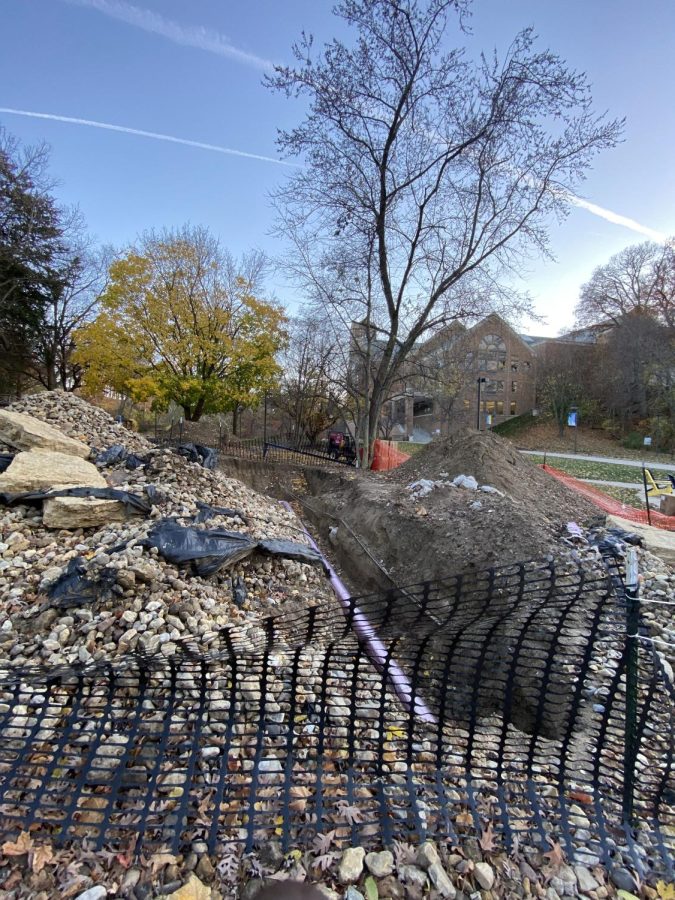

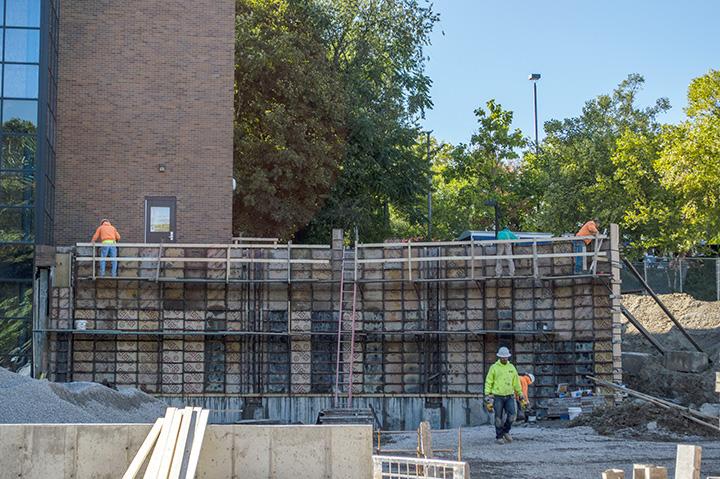

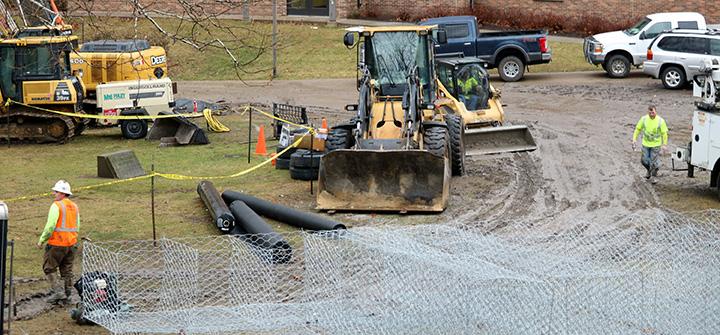

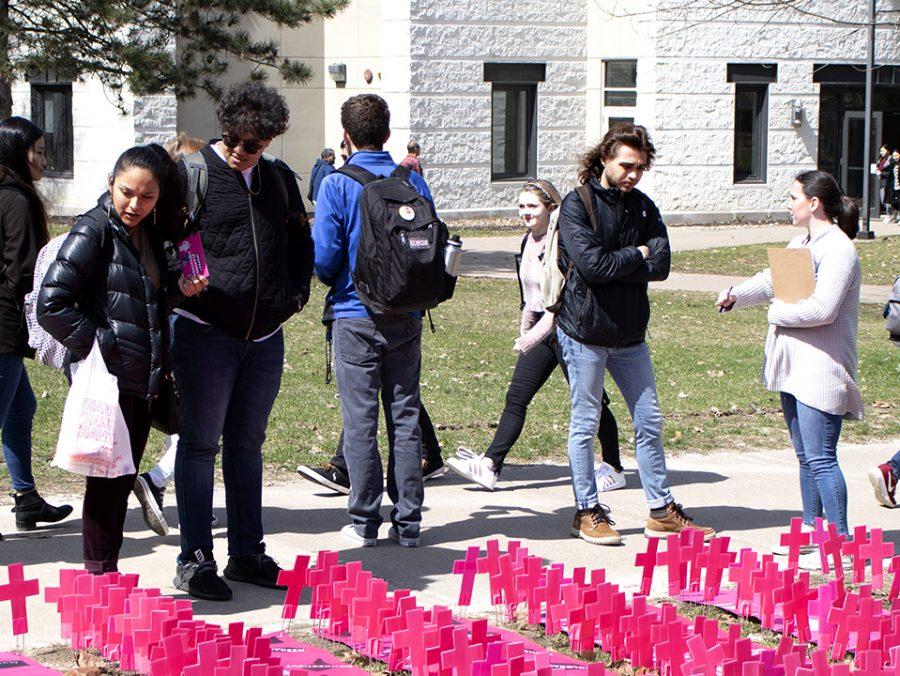


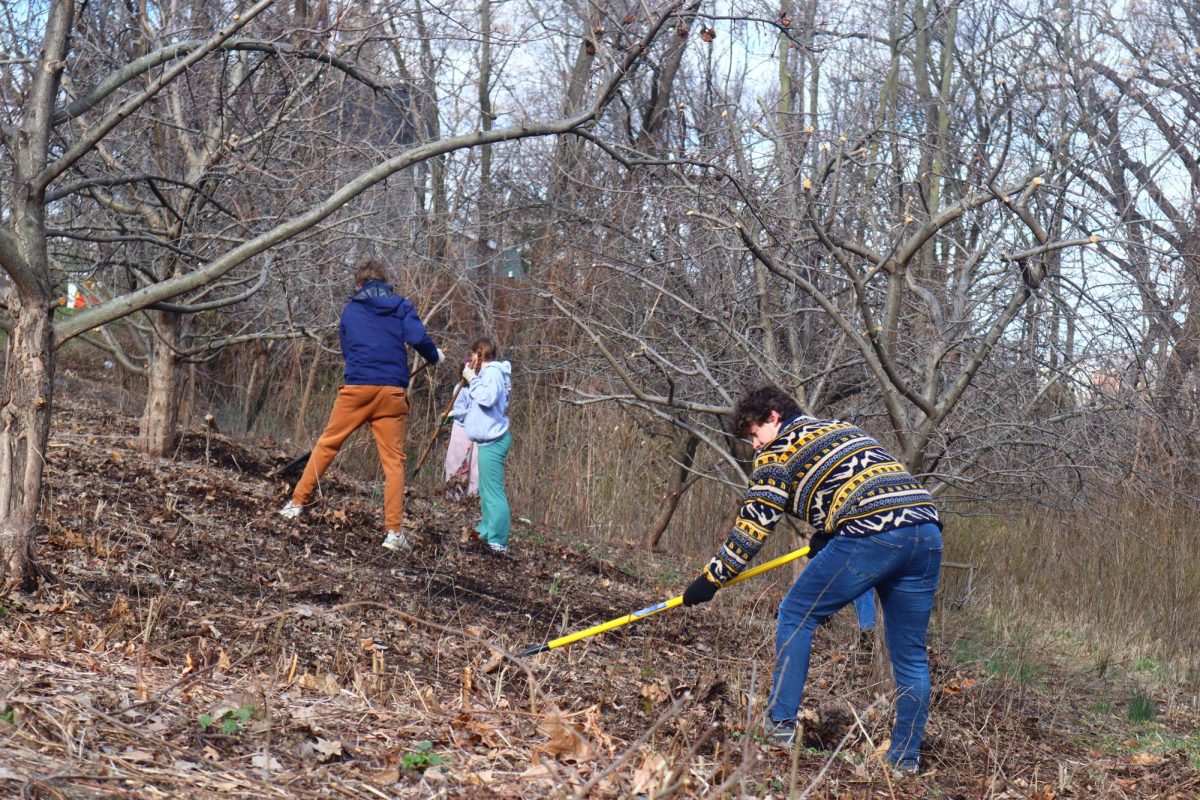
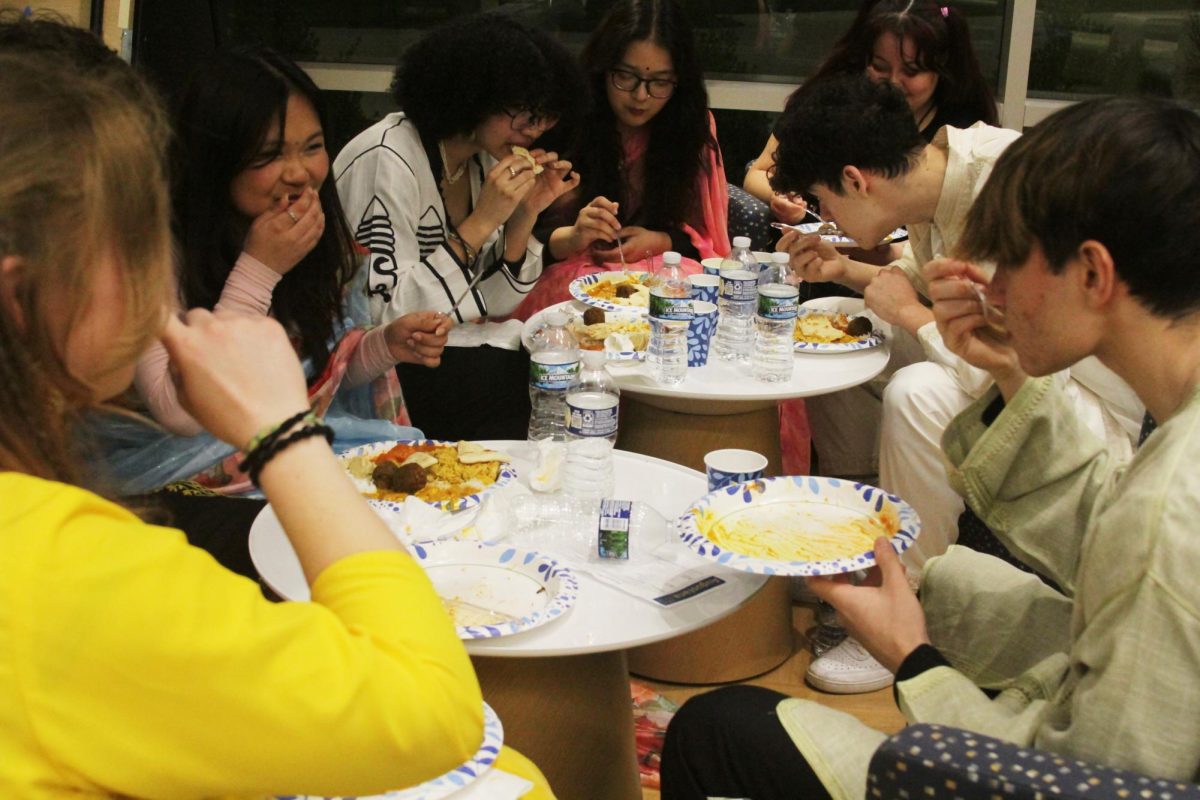


















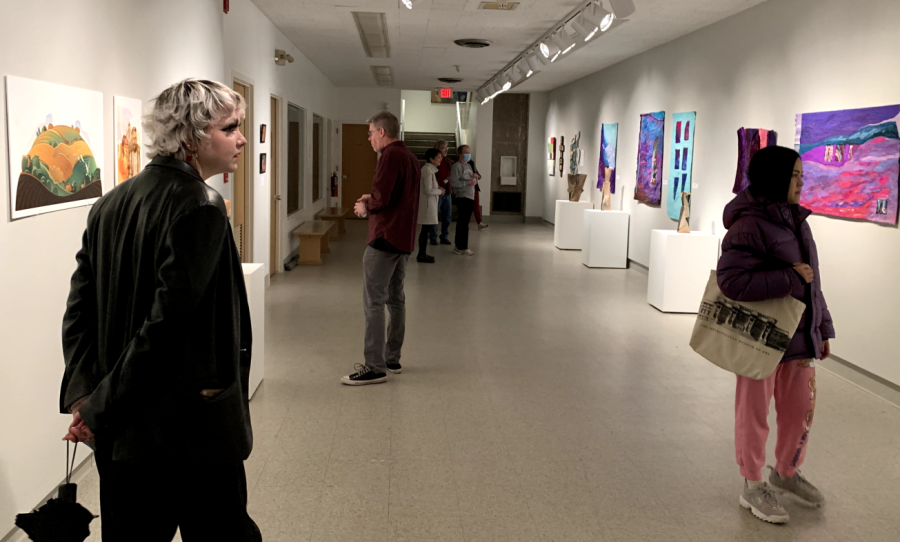
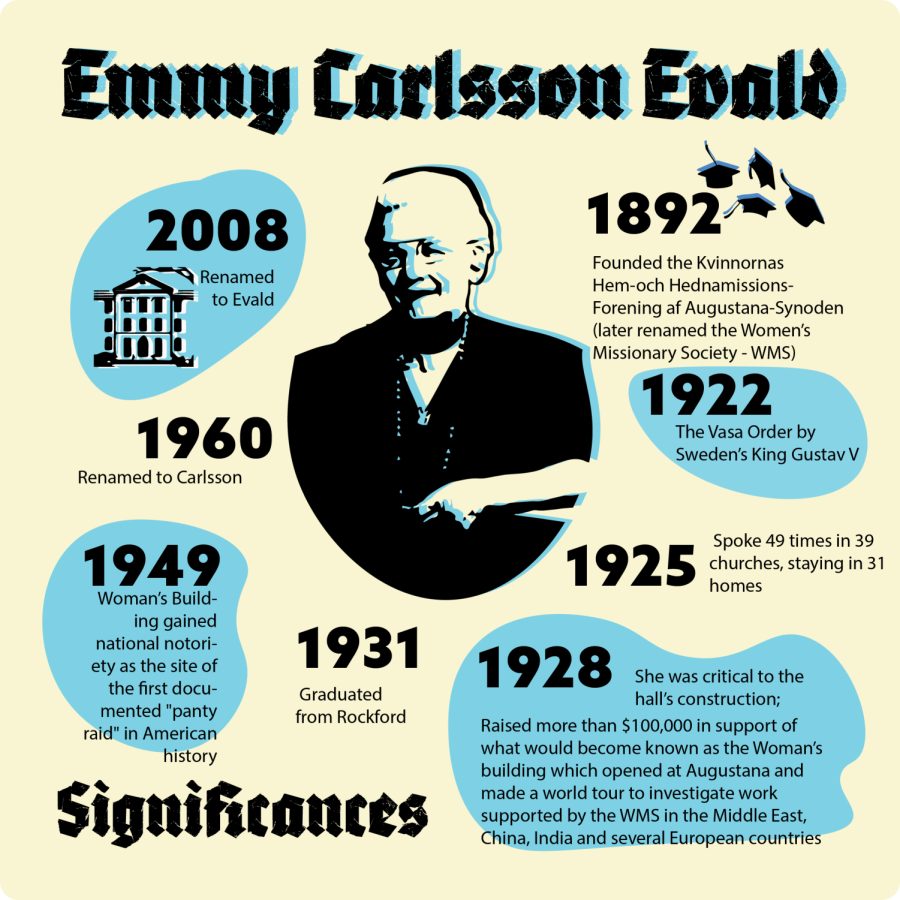
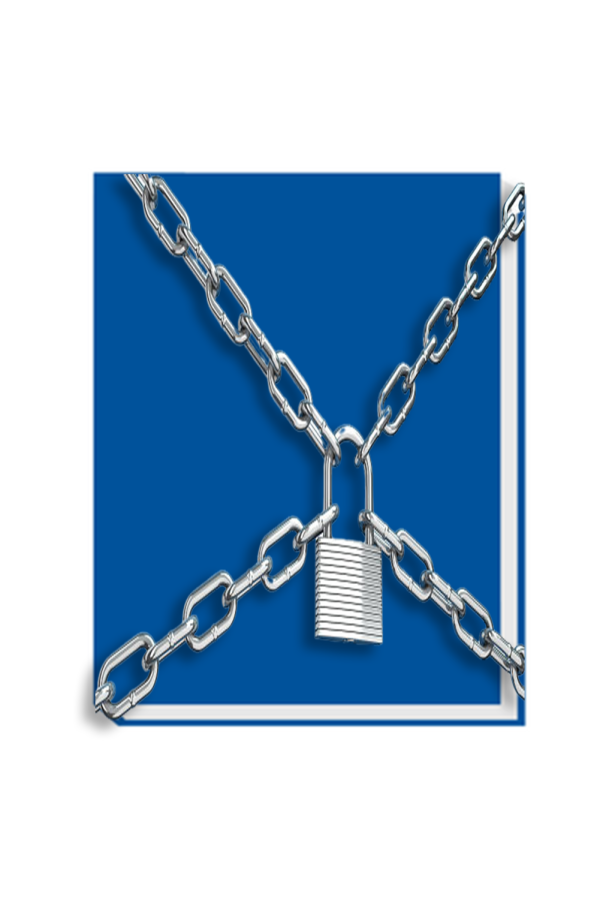



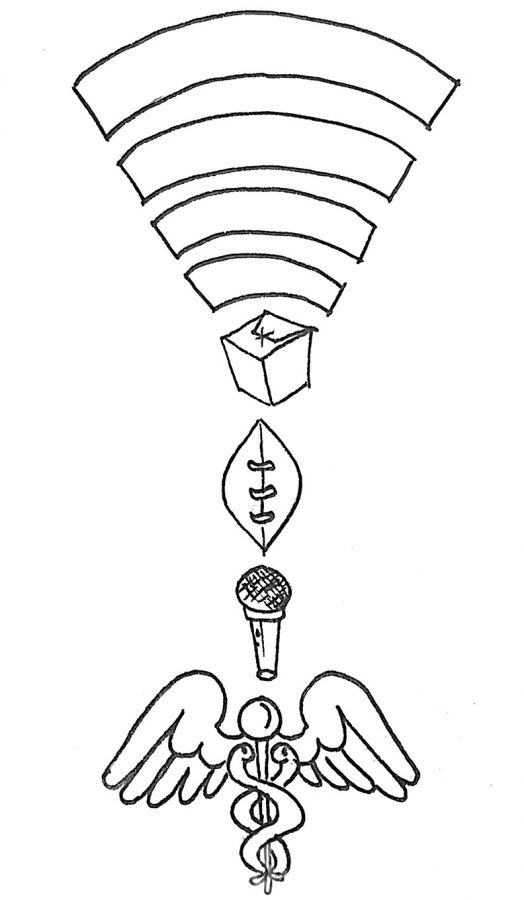







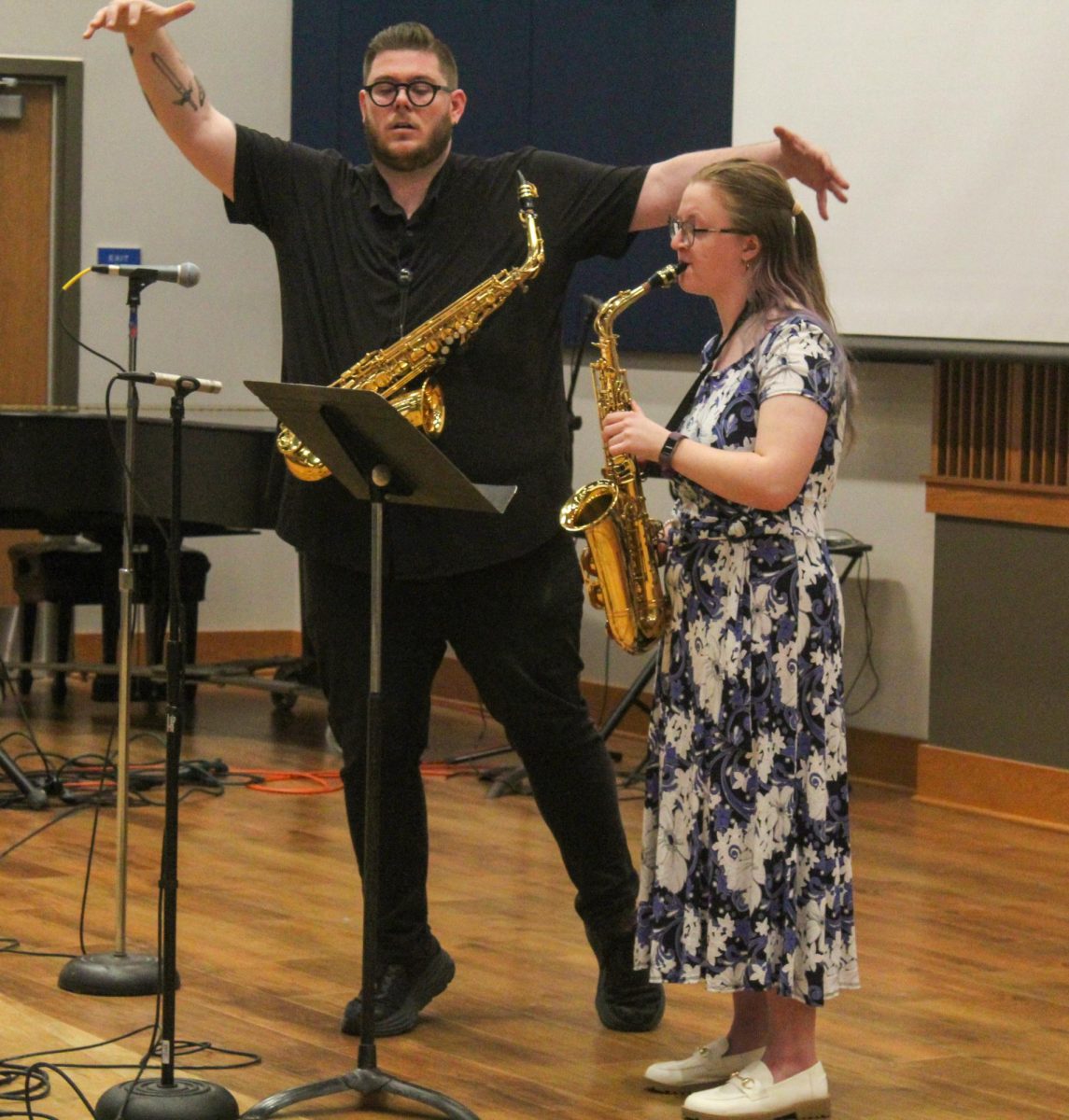

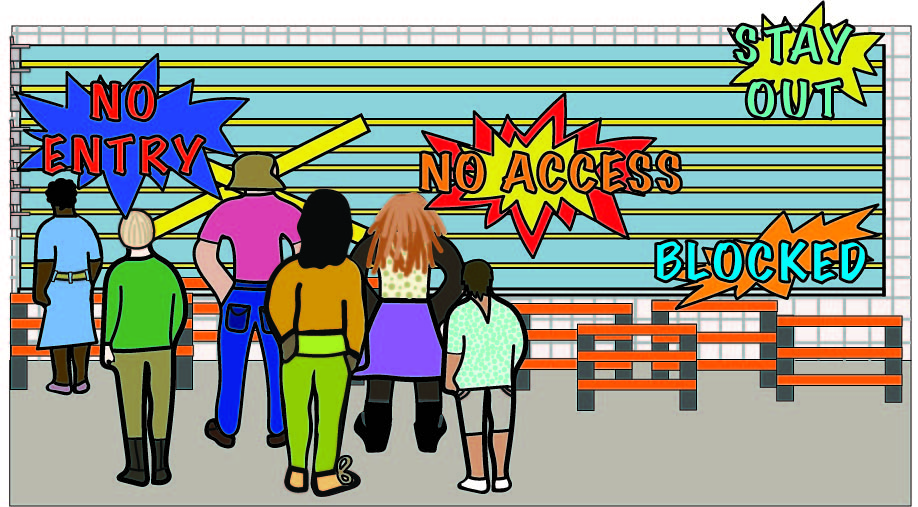
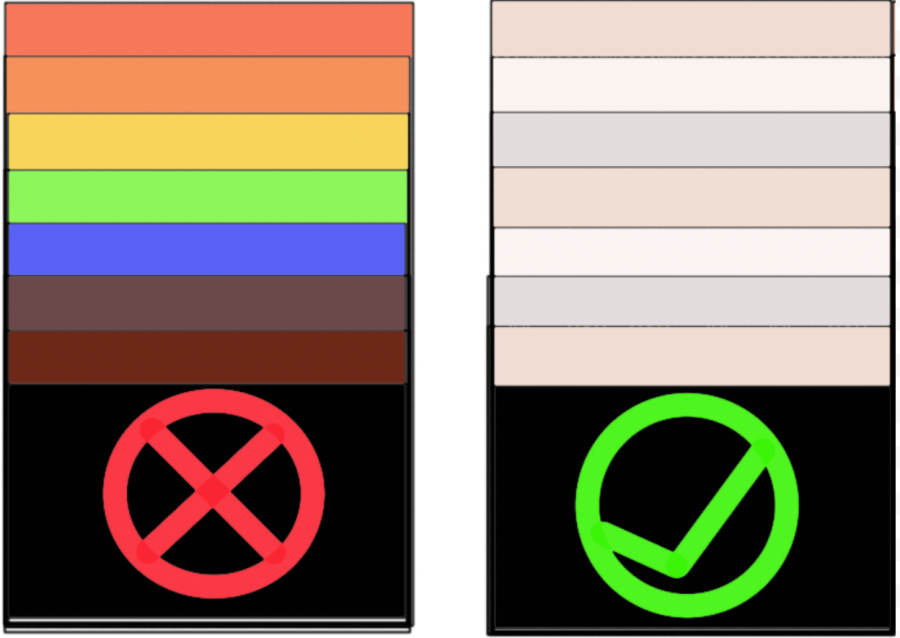




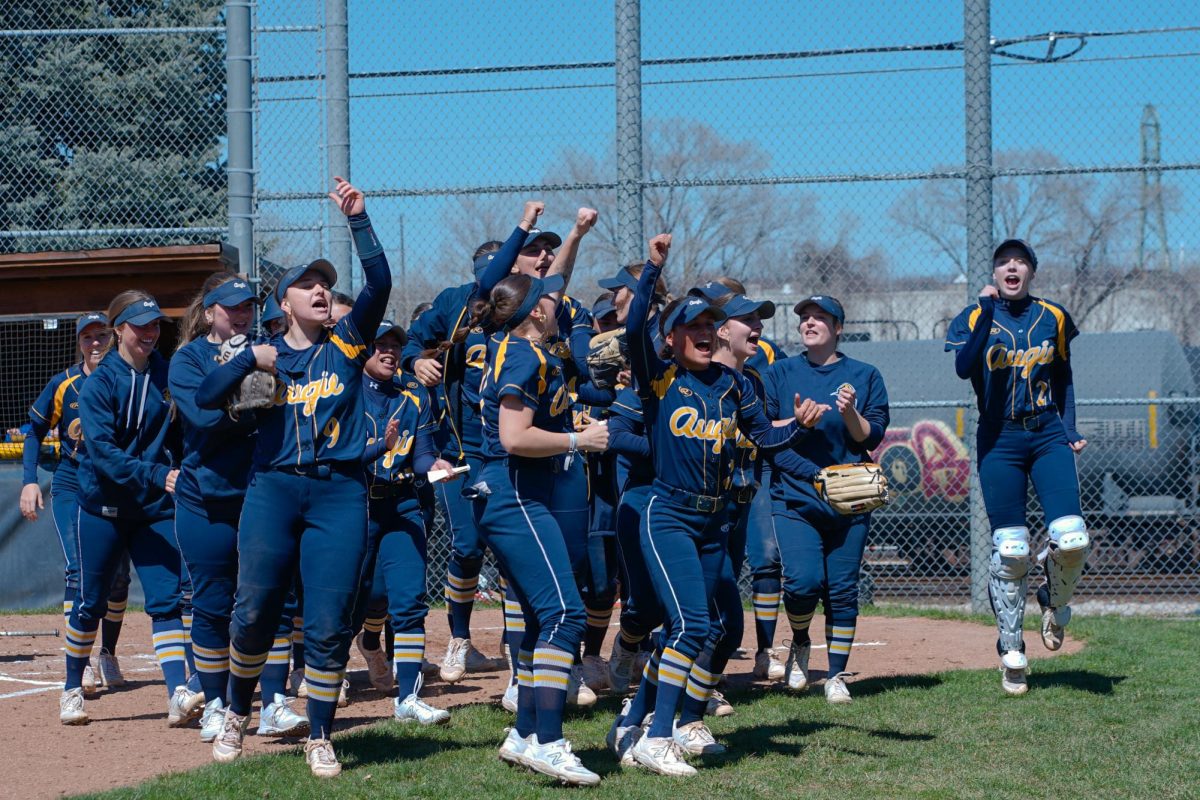
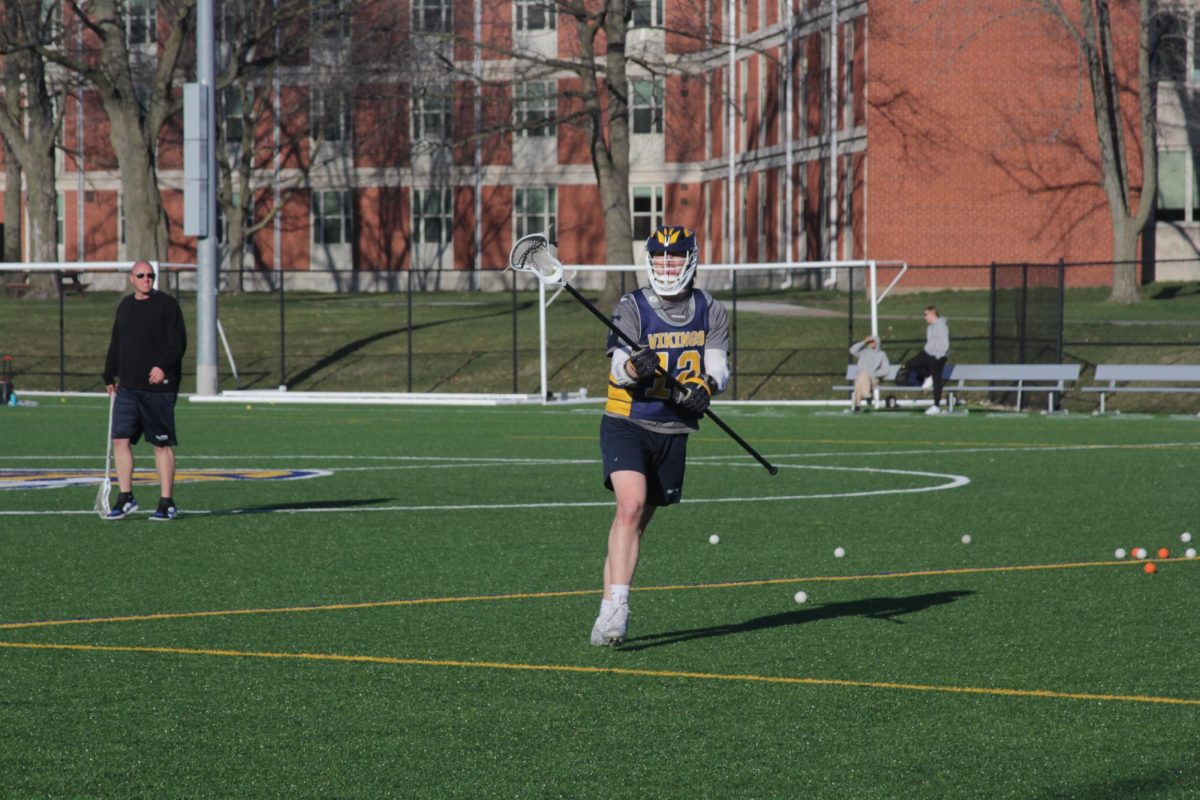


























































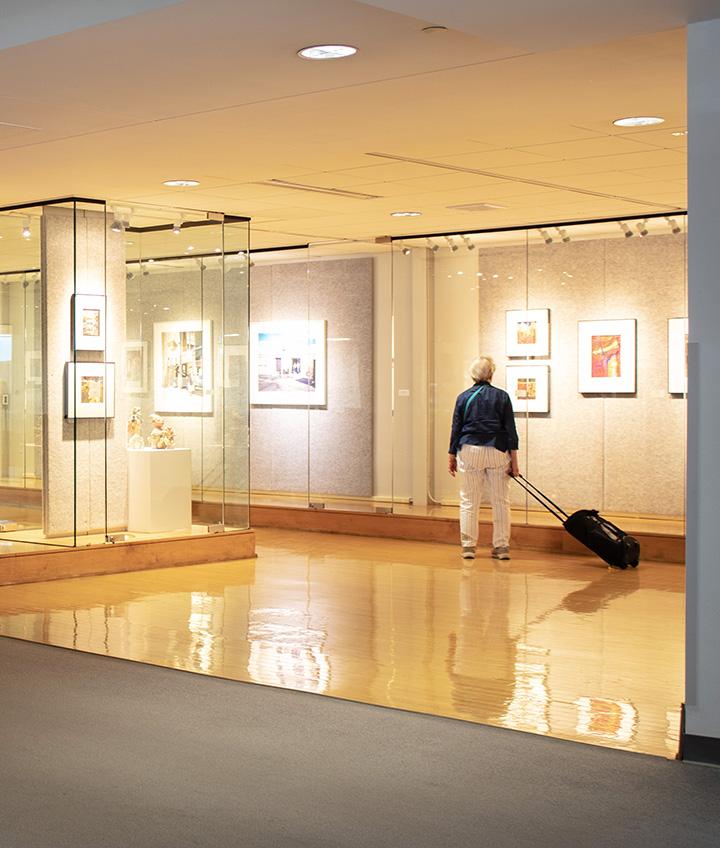

Kerrie B. Wrye • Sep 30, 2018 at 8:47 pm
America proves again and again that even the “richest, freeest, bravest nation in the world” has room for education and growth concerning our collective tolerance for thought-provoking art.